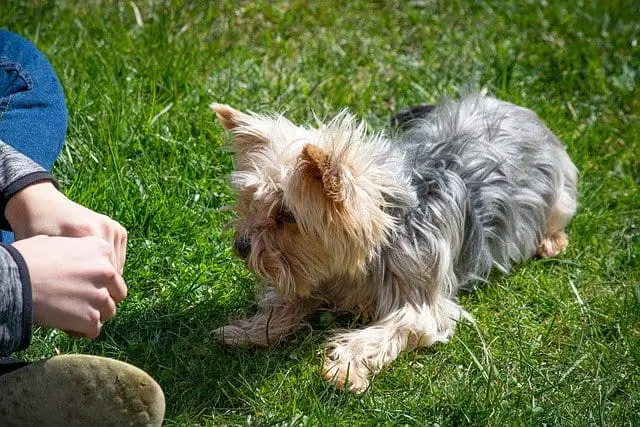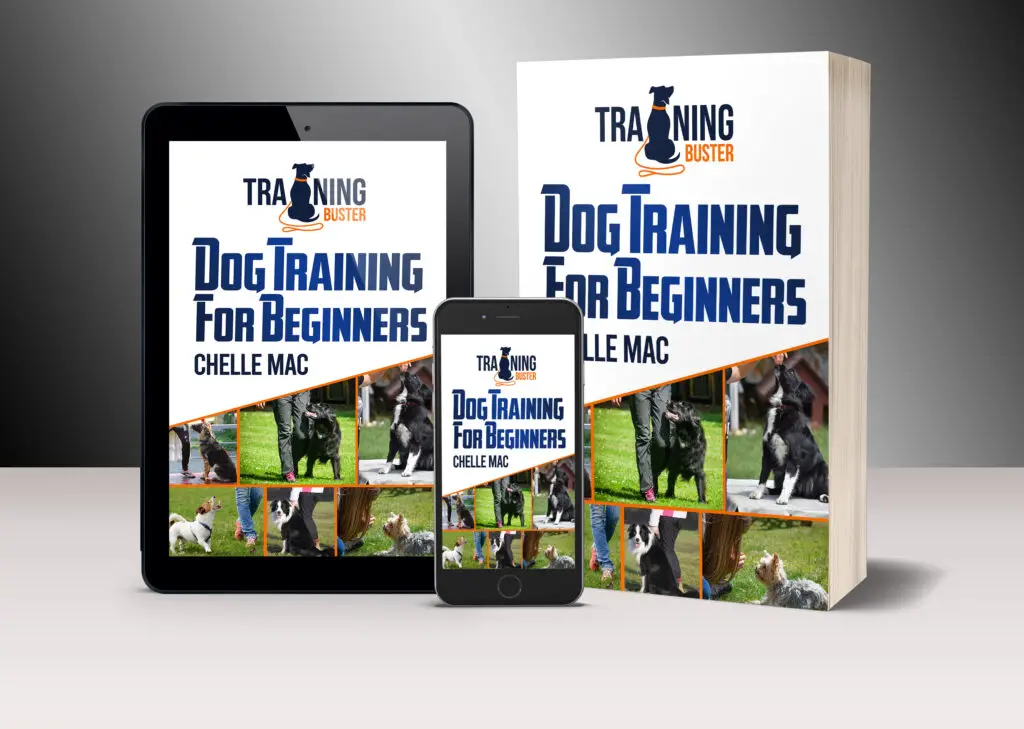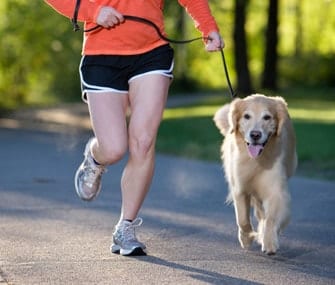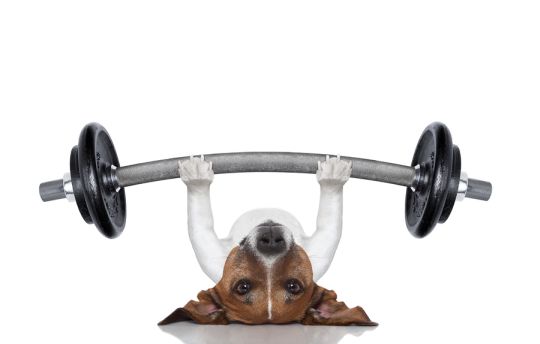
Training your dog can be tough. One day, your dog is so obedient, you could take them to Crufts, but the next, they don’t listen to your commands at all.
So here are 8 Dog Obedience Training tips to help you out:
What does your dog like?
All dogs are individuals. Some dogs have a certain toy that they seem to like more than anything else in the world, whereas, for other dogs, they will do anything for a particular treat – my Bichon Frise has reached a stage where he will sit, lie and rollover all at once at your feet.
As soon as he picks up on the scent of a freshly peeled carrot. He isn’t remotely interested in branded dog treats a lot of the time.
He also protests at getting into the car. But this definitely isn’t something that is physically difficult for him, because as soon as you throw a ball into the trunk, he leaps in after it.
These are two things my dog likes, that motivate him very well. But what kind of things work for your dog?

Match your dog’s age
A human child doesn’t really fully even begin to grasp language until around a year or so, so why would your puppy respond well to commands?
As well as this, expectations like your puppy being able to walk well beside you may not even be physically possible, since your puppy would be too small to walk well beside you, and would tire easily.
Conversely, if your adult dog has now stopped carrying out commands in the way that they used to – they may avoid giving their paw, or may refuse to roll over – consider the possibility that they have now become a senior dog.
Obeying more strenuous commands like these may now be physically impossible, so be sure to give them more of a break when they reach this stage of their life.
Level up
Don’t you often gradually build up your own skills? If you try to teach your dog a trick like rolling over right away, this would likely be too difficult for them to understand.
Therefore, being sure to make certain they have already mastered the ability to sit, and then to lie down would make it a lot easier for both of you to build solid, strong skills that last.
Use positive reinforcement
All the top dog trainers know the importance of positive reinforcement in dog training.
Positive reinforcement means rewarding your dog for displaying the right behavior and doing the right thing. Most of the time, people reward their dog with treats or they use a clicker so that their dog knows for sure they just did something good.
Using this method, a dog feels good about doing something that made you happy and is strongly motivated to carry out the command again when you request because they have a positive memory associated with doing this.
There are a variety of clickers out there with different features if you choose to use these – ones with volume sliders, for example, or ones with a whistle, too.
There are many books you can read, too, that inform you in much greater detail about the best way to carry out positive reinforcement in the best way for your dog. Avoid taking the advice of any authors or gurus who tell you to use aversive methods like shock collars, though.
Know their limits
What type of breed is your dog? The Border Collie, Labrador, and Rottweiler are among the most likely dogs to show incredible obedience all round, like sticking beside you on walks, barely even needing a leash, as well as coming straight back when you call them.
Whereas dogs like terriers, though they may come back when called during a training session in your garden or in the park, are unlikely to transfer skills like these to the street afterward.
Take regular breaks – both of you
No matter what age your dog currently is, interpreting the meaning of voice commands and hand signals takes its toll. Your dog’s attention span can only take so much.
As well as this, flat-faced, brachiocephalic dogs like the Bichon Frise or Pug will find it difficult to keep up an extended training session, even if the skills you are practicing are not actually especially physical.
For any type of dog, plenty of freshwater should be available during a training session, but they often come to a point when a brachiocephalic dog will just lie down on the spot and call it a day.
Think about your surroundings
As mentioned previously, you don’t usually practice the most strenuous, physical tricks, and skills in obedience. If your dog point blank refuses to do something, though – rolling over, for example – consider the possibility that it is physically difficult for them to carry out, especially on concrete or other hard surfaces.
Holding training sessions in a public area with lots of noise, smells and distractions like squirrels, birds, and other dogs is a good idea for transferring your dog’s learning to the real world.
But when it comes to teaching your dog a skill for the first time, it is more effective to start off in a more peaceful area with little to no distractions, like at home.
This way, your dog can concentrate on hearing your voice or watching your hand signal much better than they would if they were distracted. Once they really nail what you’re attempting to teach them, you can take them out to a more distracting area to set their new skill in stone.
Consider using the professionals
Obedience training can get difficult. If you aren’t enjoying obedience training your dog, it isn’t a crime to bring your dog along to a professional obedience training session.
Many classes will have several other dogs and their owners present, which is great for puppies and younger dogs, as well as more fun and more helpful for you, since you can get good advice from the other owners.
By Michelle McDaid.


